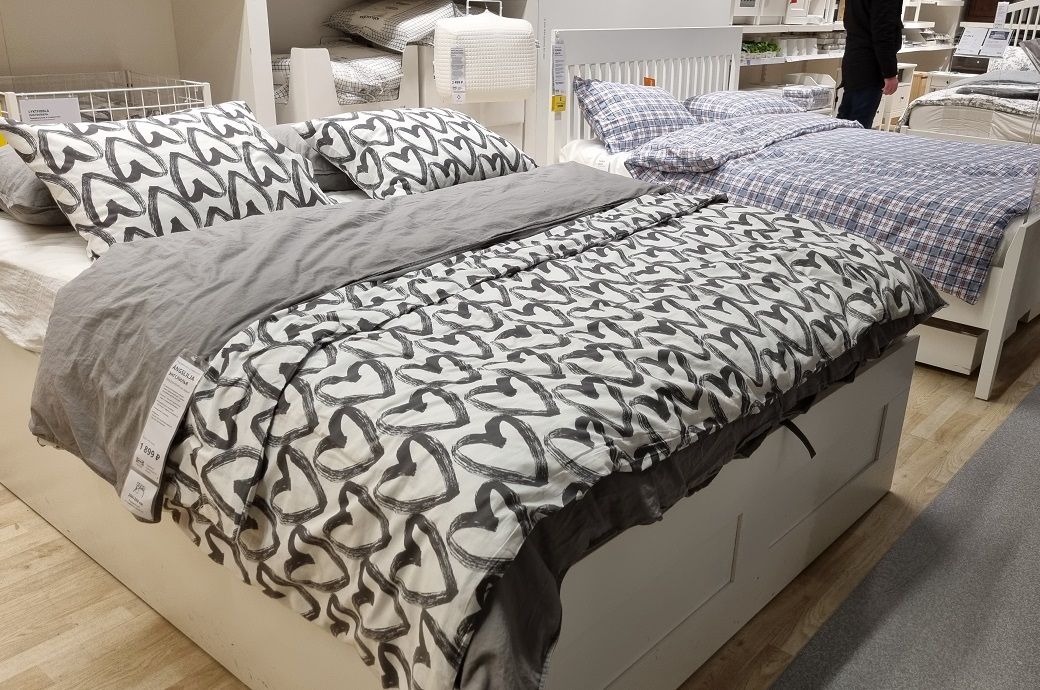A Politically Engaged Grassroots Arts Scene Is Quickly Growing in Turkey’s Heartland
The heartland of Turkey is home to an eclectic, if remote, variety of emerging arts initiatives and institutions. Known by its appellation, “Anatolia,” meaning “the east” in Greek, it is host to a growing group of curators, artists and cultural workers who have kept busy.
The video-centric art space Monitor in Izmir is staging conceptually rigorous shows, the Mardin Biennial is readying its latest edition, contemporary artists are flocking to the Dou PrintStudio in Ankara to create lithographs, Bursa’s İmalat-Hane is hosting some of Turkey’s most cutting-edge shows, and the FIRIN art space in Eskişehir is thinking through urgent issues related to the country’s water crisis.
Spanning from the Asian shorefront of the Bosphorus to the coastlines of three interconnected seas—Black, Aegean, Mediterranean—and sharing territorial borders with Georgia, Armenia, Iran, Iraq, and Syria, the Anatolian region is an embattled ground. Its artists and their colleagues are on the frontlines of a struggle to preserve its pluralist heritage.
Once hailed as the subcontinent of Asia Minor, it is believed to be the birthplace of Homer and Herodotus, and its towns and cities are home to a dissonant harmony of peoples, histories, and ecologies. Here, Central Asian, Middle Eastern, Levantine, Grecian, Romany, and Afro-Turkish cultures blend, and multicultural identities intermingle.
With grant support from the Goethe Institute and others, independent arts organizations across the diverse regions of Anatolia are flourishing, often without the support of government agencies, which generally do not fund contemporary art that is out of step with powerful officials’ neo-Ottoman, Islamist politics. Young Anatolians are linking up, aligning themselves with local and international movements beyond the Istanbul-centric art scene in Turkey.



